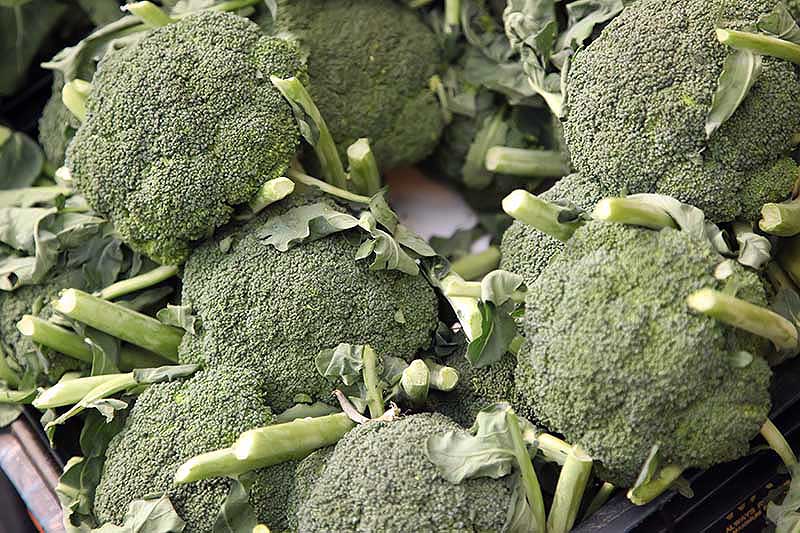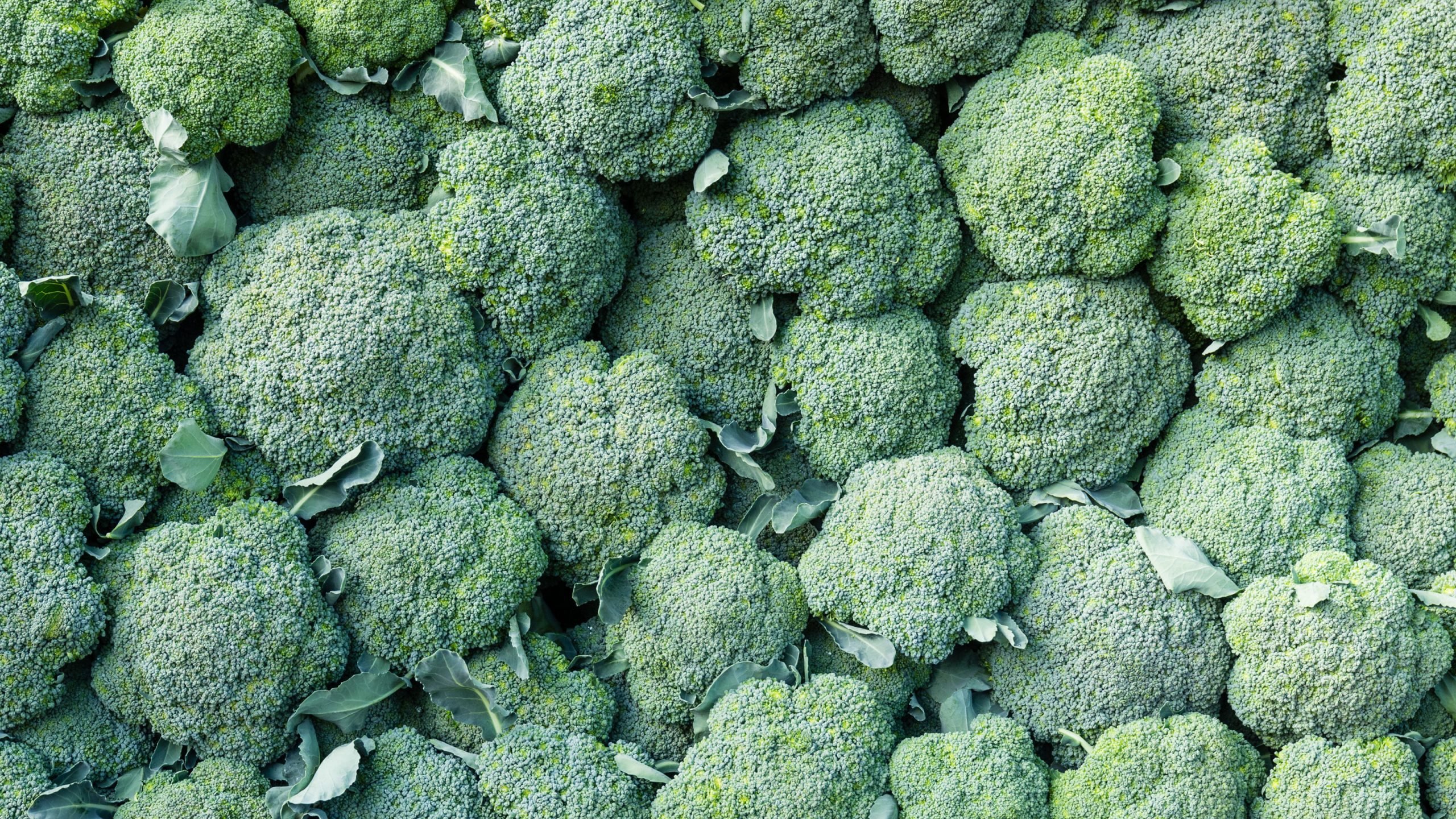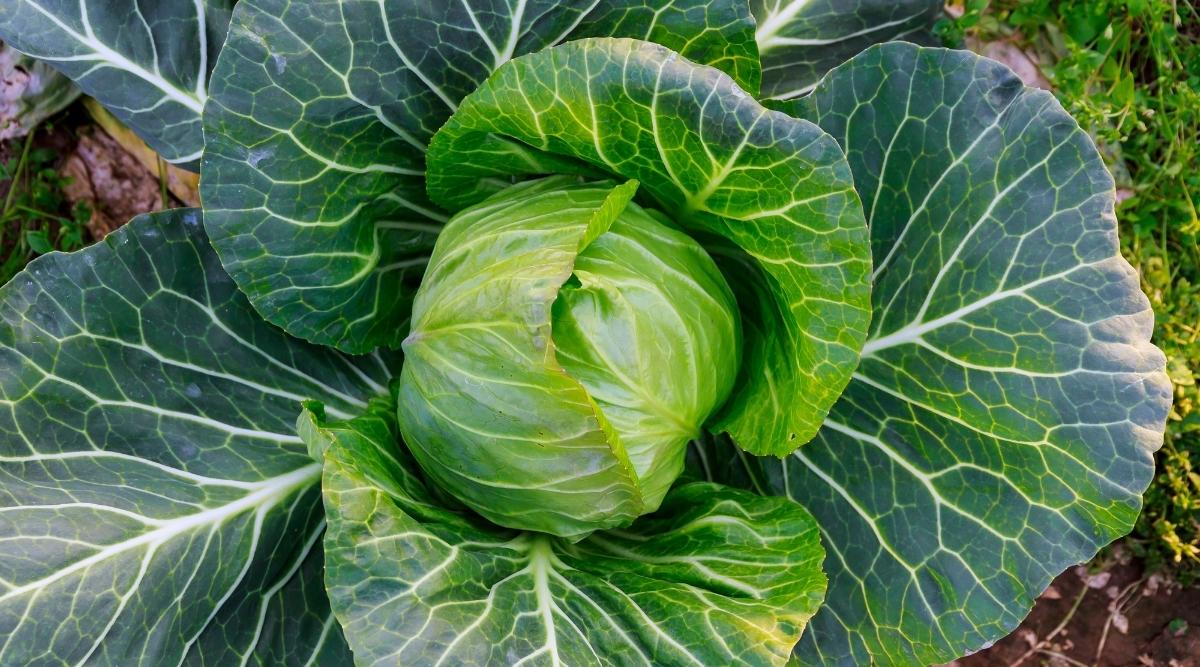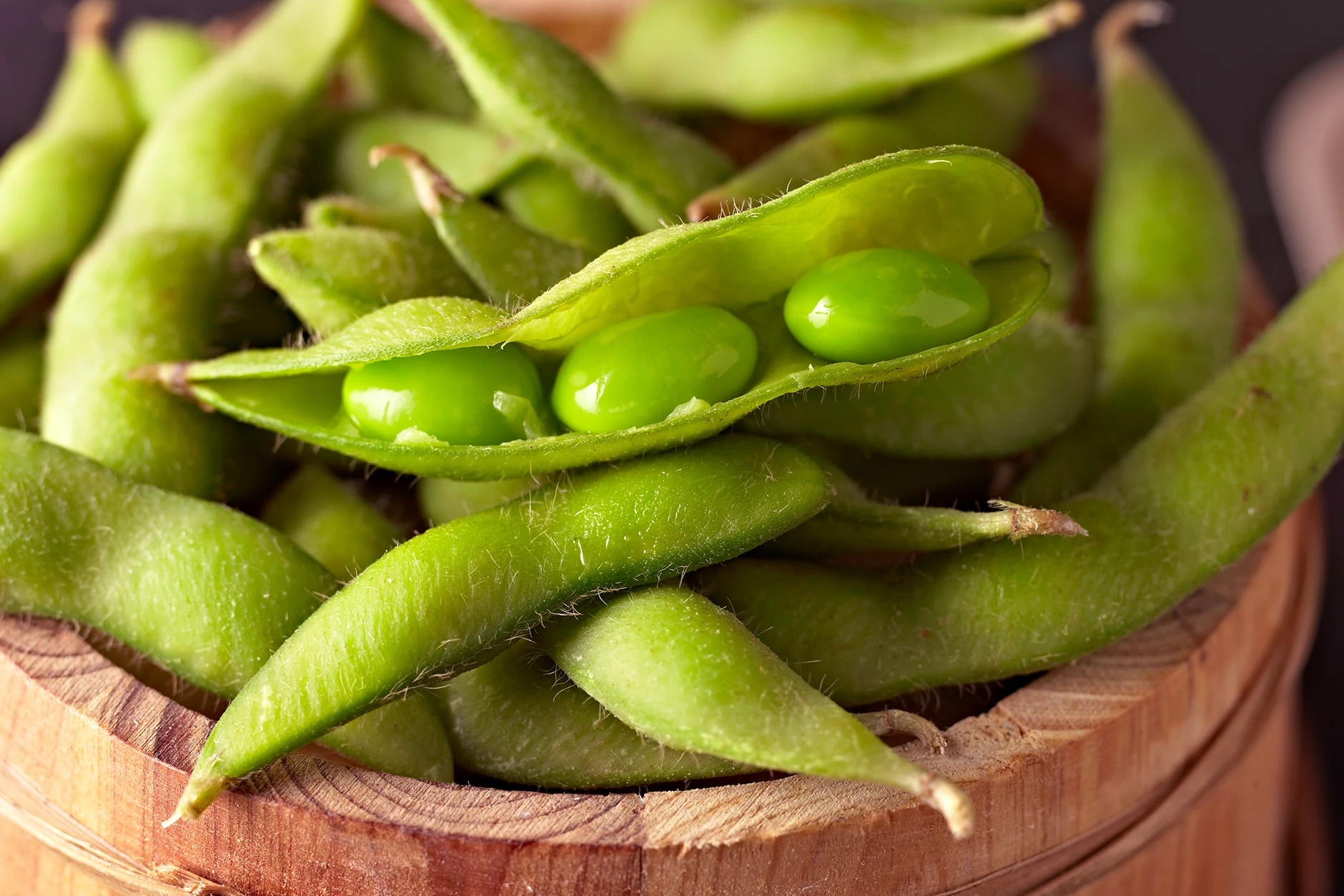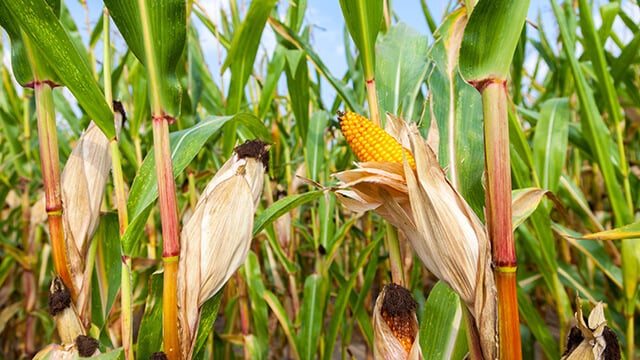How to Start Growing Broccoli at Home: Indoors & Outdoors
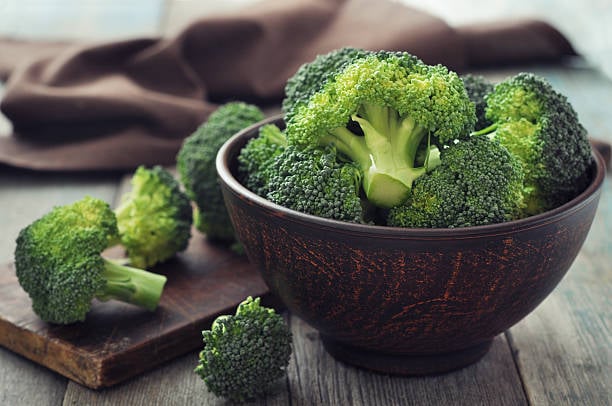
Table of Contents
Growing Broccoli in the UK might be a very daunting task, but we are here with an extensive guide to help you grow and sow your broccoli. You might get promoted from a beginner to a seasoned expert with this guide.
Watching these tiny seeds turn into beautiful plants is a magical process indeed. But let’s face it, growing broccoli isn’t always a bed of roses. Pest control, soil preparation, and the dreaded yellowing of the leaves are all issues to be addressed.
With our guide, we can help you grow broccoli with a few easy steps. We have curated a well-researched guide for you to grow and sow a healthy broccoli plant in the comfort of your home. Let’s get started without any further ado.
Choose The Right Variety For Growing Broccoli
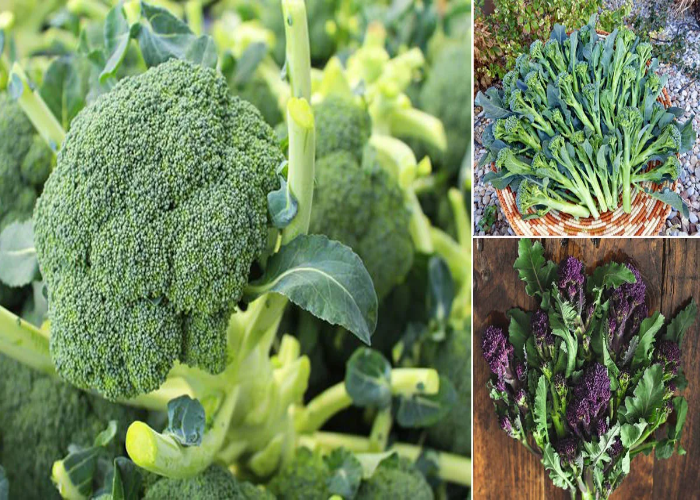
It is always important to choose the right variety, keeping in mind the flavour that you need and the soil conditions in your area. There are many different types of broccoli available, and each of them has its unique flavour, benefits, and texture.
- Early Purple Sprouting is a robust type that may be seeded in late spring for an early spring crop in the UK. They usually grow from small to medium, not too large; the texture remains the same as other breeds of broccoli. Unfortunately, it tastes a bit bitter but will appropriate cooking techniques, you can easily overcome that.
- Calabrese is appropriate for planting in the UK since it grows well in chilly temperatures and may be planted in early spring for a summer crop. It yields medium-sized, dark green heads with a soft texture and mild, sweet flavour.
- Purple Sprouting Rudolph is a hardy variety that may be planted in late spring for a winter and early spring yield in the United Kingdom. Long, thin stalks with tiny, purple flowers that are fragrant and sensitive are produced.
- Marathon F1 is suited for sowing in the UK since it is developed to grow well in chilly and wet environments, making it ideal for the UK climate. It has enormous, blue-green heads that are ideal for harvesting in the fall.
When choosing a variety for growing broccoli in the UK, consider factors such as taste, texture, and cooking method. Some varieties are better suited to indoor growing, while others do well outdoors.
Start Your Broccoli Seeds Indoors
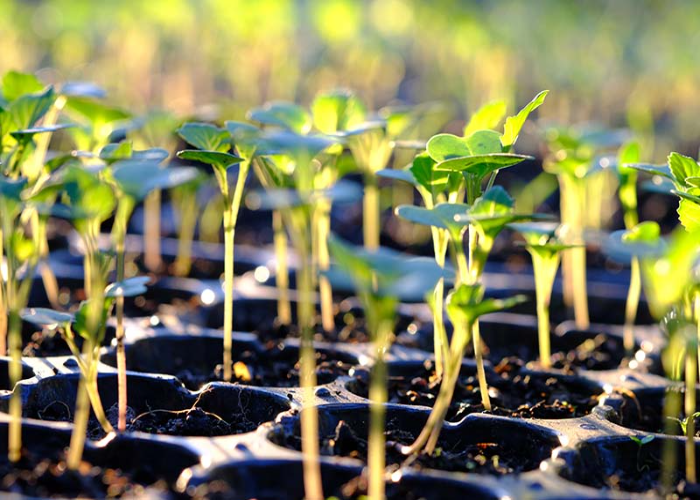
You may start growing broccoli in the UK 6-8 weeks before the final estimated frost date in your location. This will allow your plants to develop in a robust and healthy environment before being put outside. Plant your seeds in tiny pots or seed trays filled with high-quality potting soil to get them started. To stimulate germination, keep the soil moist but not wet, and offer enough sunshine and warmth.
Transplant Your Seedlings Outdoors
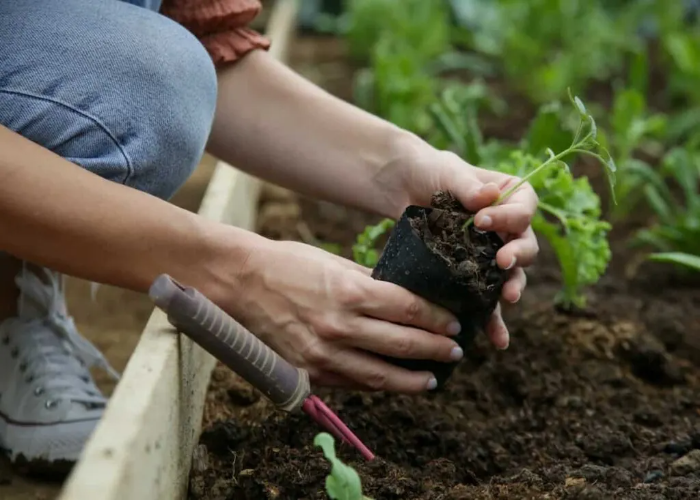
When your plant grows about 4-6 inches tall, it’s time to transfer them outdoors. Make sure you choose a spot where the plant will get full sun and has well-draining soil. Broccoli plants usually require a little acidic soil with a pH between 6.0 to 7.0
Before planting, prepare the solid by adding compost or any other organic matter to improve the fertility and drainage of the soil. Ensure to space the plants about 18-24 inches apart to give them enough room to grow. The most important thing to remember while transplanting the plants outside is to avoid damaging the fragile roots.
Plant Your Broccoli Seeds Outdoors
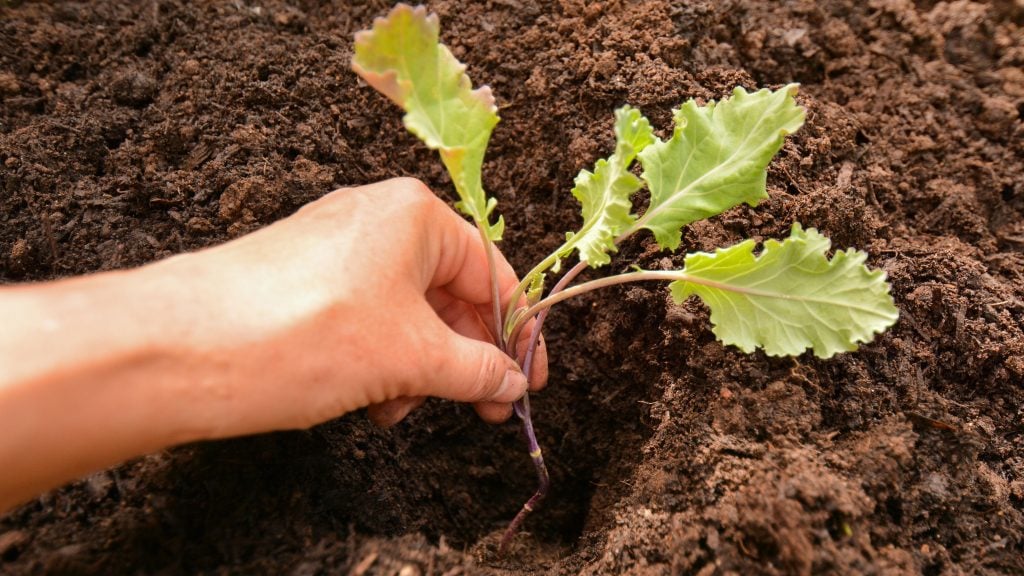
If you want to plant the broccoli outdoors directly, then you will have to wait until the soil is at least 50°F before planting. And if you are growing broccoli in the UK, then this will usually occur in late spring or early summer.
You can choose any method to plant your seeds.
- Plant them in a row throughout your garden.
- Just scatter them all over.
Ensure that you plant your seeds ¼ inch deep and maintain the moisture of the soil until the seeds germinate. When your seeds have emerged, space them out so that they get enough area to grow and produce large, healthy heads.
Provide Plenty Of Water And Fertilizer
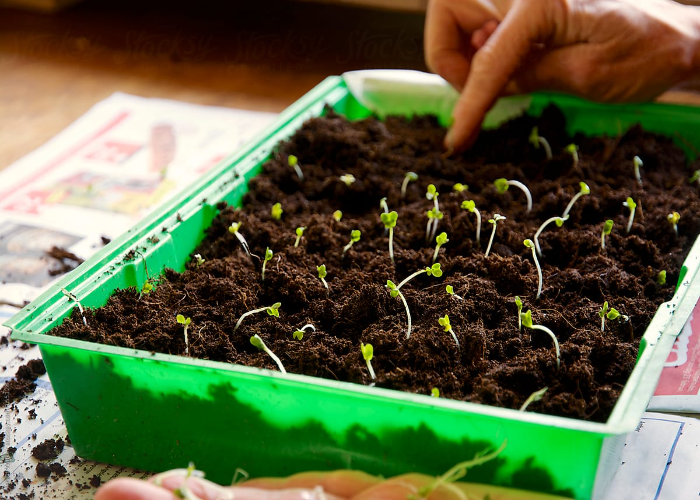
If you are planting a broccoli plant, keep in mind that they are very greedy for water, you will have to constantly keep a check and provide water and nutrients for its healthy growth. Watering deeply will be a better option than frequently providing shallow watering.
Along with that fertilizing your plants is a very crucial step. Make sure to fertilize them every 3-4 weeks to maintain the nutrients that they need to grow. You may also take the benefit of compost or other organic matters to improve the fertility of the soil.
Protect Your Plants From Pests
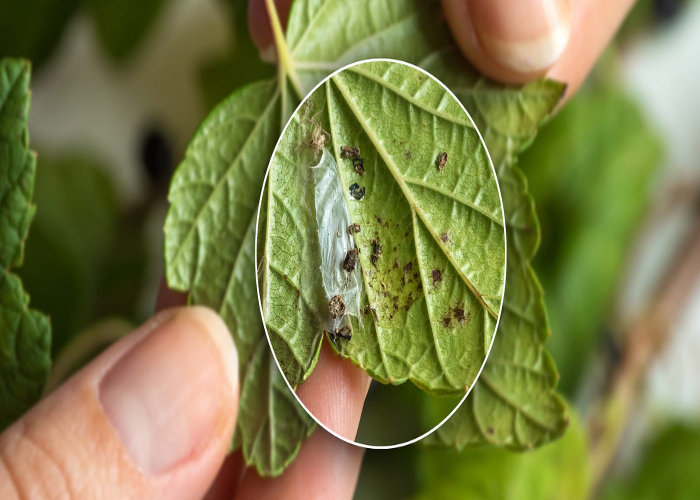
Not just humans but many other various kinds of pets are fond of broccoli, including aphids, cabbage worms, and flea beetles. To protect your plants, you can use natural pest control methods. For growing broccoli in the UK, select pesticides from the best brands available in the market.
If at any moment you notice pests on your plants, go ahead and remove them by hand without any hesitation. But also keep in mind to use pesticides after to make sure pests don’t harm your plants again. You will have to carefully read through the pesticide and its ingredients to make sure it does not contain any harmful components that may harm your plants.
Harvest Your Broccoli
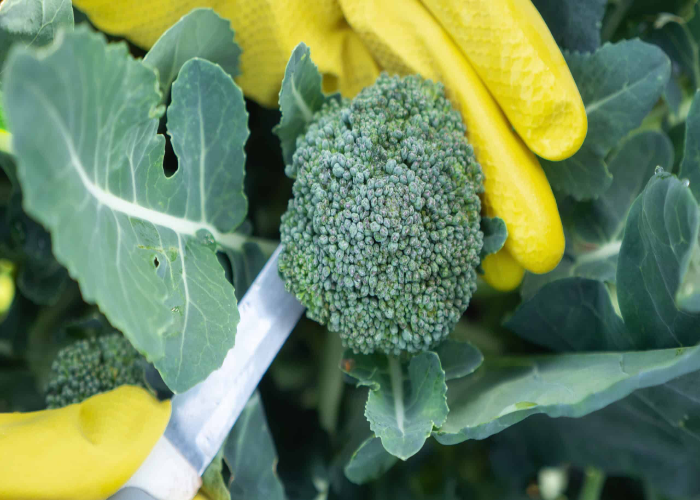
Harvesting the broccoli at the right time is the key to getting healthy broccoli. You will have to be careful when harvesting, it is important to harvest them at the right time to make sure it does not lose taste and get bitter.
Growing broccoli in the UK is easy, but you can’t say the same when it comes to harvesting. You have to start carefully by cutting the core sphere that has several tiny roots. Be cautious not to damage the plants at the time of sowing. In some cases, you may also get a harvest from the side roots that grow after the main harvest.
Store And Enjoy Your Broccoli
To keep broccoli fresh, it must be kept properly. It may be blanched and frozen for extended storage or kept in the refrigerator for up to a week. Boil broccoli for 3–4 minutes, then immediately plunge it into cold water to halt the cooking.
The shelf life of frozen broccoli is six months. Broccoli may be eaten in many different ways, including roasted or steamed, as well as in soups, stir-fries, and salads. You may get fresh, locally-grown broccoli all season long by starting your plants.
Common Problems While Growing Broccoli in the UK
Growing broccoli can be a rewarding experience, but like any plant, it’s not immune to problems. Here are the most common problems faced while growing broccoli.
Yellowing Leaves
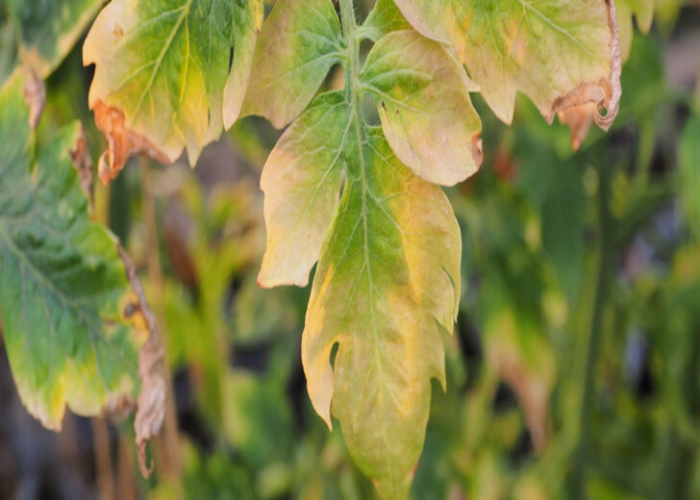
Your broccoli plant leaves turning yellow might be an indication of pests, nutritional deficiencies, or overwatering. Check the moisture content of the soil, then modify how much you water. Use a balanced fertiliser to fertilise your plants, and keep an eye out for insect activity.
Wilting or Stunted growth
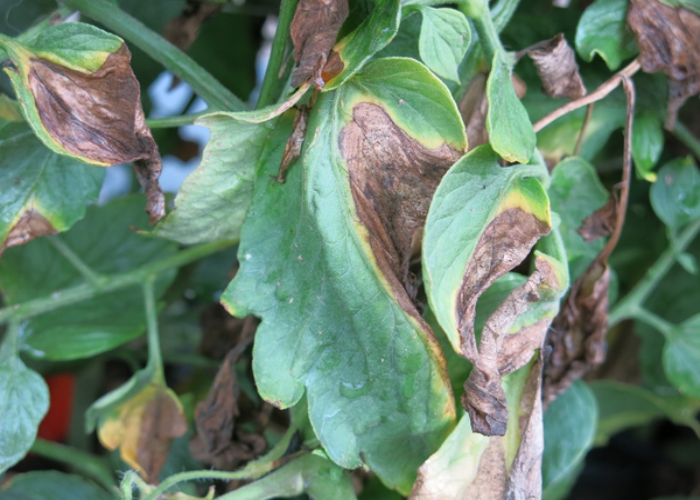
Your broccoli plants may suffer from a lack of water or nutrients if they seem wilted or stunted. Keep a contact check on the moisture of the soil, and make sure not to overwater as it may damage the growth of the plant. Use a balanced fertiliser on your plants, and if you want to increase the fertility of the soil, think about adding compost or other organic waste.
Poor Head Formation
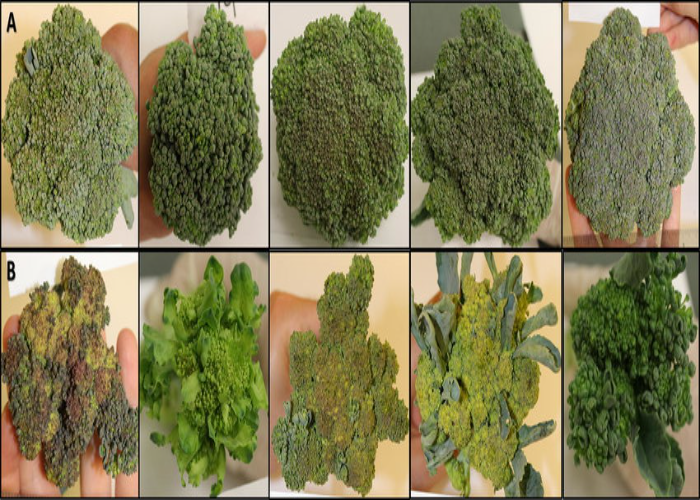
Small or irregularly shaped broccoli heads may indicate low soil fertility, insufficient light, or pest damage. Make sure your plants are receiving adequate sunshine, fertilise them with a balanced fertiliser, and keep an eye out for insect activity.
Benefits Of Growing Broccoli In the UK From Seeds
Growing broccoli from seeds can be very beneficial. We all know that Broccoli is a very nutrient-rich and healthy vegetable. So, when growing it ourselves, we can make sure there are no harmful substances used and control the entire process from growing to sowing.
- Cost-effective: Growing Broccoli can be very cost-effective, and you can also choose your favourite one to grow. If you do it correctly, it will cost you around $ 4-5, whereas if you go to the market and buy broccoli, it’s going to cost you more.
- Access to Organic Veggies: Organic veggies are in trend now, so what’s better than sowing it yourself right? Here you have control over the amount of pesticides that you use. Because you are growing it so you very well know there are no harmful chemicals used while growing.
Sustainable: Growing your broccoli is beneficial for the environment as well as the economy. When you grow it yourself, you are reducing the cost of transportation and reducing the pollution caused by vehicles during transit.
Sowing Brocolli is WORTH IT!
All in all, sowing broccoli is a joyful experience, both indoors and outdoors. You may have a plentiful harvest of fresh, delectable broccoli all season long by selecting the appropriate kind, sowing the seeds properly, providing enough water and nutrients, and safeguarding the plants from pests.
Look for typical issues like wilting, yellowing leaves, or poor head development, and address them as necessary. You can cultivate strong, bright broccoli plants that will yield wholesome and delectable vegetables for months with a little amount of care and attention. Make sure you follow the steps carefully to get a healthy harvest.
Growing your own broccoli gives you a different sense of joy and the fact that you will be able to enjoy homegrown and organic broccoli.
Frequently Asked Questions (FAQs)
Which Is the Best Soil to Grow Your Broccoli?
When it comes to growing broccoli at home, you will have to make sure the soil is appropriate for the healthy growth of the plant. The most suitable soil is one whose texture is between sandy and a bit like clay. The plant will grow at a good speed and will require minimum effort with the right kind of soil.
Can You Grow Broccoli in Winter Uk?
Growing broccoli in the UK has its unique benefits due to the climate and soil available in the region. However, yes, broccoli can grow in winter as well. It might need constant attention and care, but it will strive through winter without worries if done correctly.
Can You Grow Broccoli Outside in The Uk?
Sowing. Broccoli seeds can be sown from March to June – indoors from March or outdoors from April. It’s best to sow broccoli in small batches several weeks apart to provide regular pickings over a long season. However, the best time to plant is early to mid-April.

